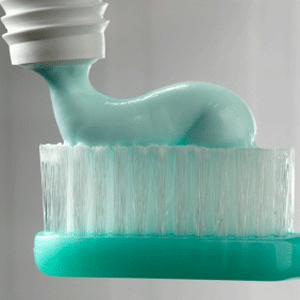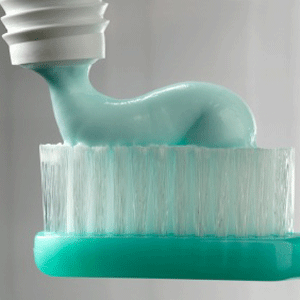Gels settle down
Depending on the kind of colloidal particles it contains, a gel will sediment in a matter of minutes or days. Understanding how shifts in the positions of the typically submicron sized particles affect the more macroscopic sedimentation process (and vice versa) could be helpful in designing industry-use gels. So far, however, no experiments have provided simultaneous access to these vastly different length scales.
Now, a group of scientists in France and Italy report in Physical Review Letters the use of light scattering to capture both the microscopic and macroscopic pictures of a gel collapsing under its own weight.
Giovanni Brambilla of the Université Montpellier, France, and colleagues filled a tall glass column with about of a water-based gel. The sticky, colloidal particles in the gel slowly rearranged as the gel started to sediment, altering the specklelike pattern of laser light that the team scattered through a vertical slice of the gel. Over the course of ten days, Brambilla et al. captured this speckle pattern at various heights along the column and used an algorithm to extract such parameters as the particle relaxation rate, sedimentation velocity and density.
The team finds, at least in the slowly settling gels they studied, that both the microscopic and macroscopic dynamics mimic what is found in glassy polymers. Brambilla et al.’s data should thus provide a solid basis on which to test the theory of gels. – Jessica Thomas





